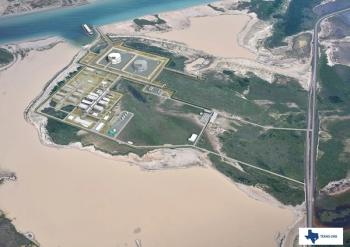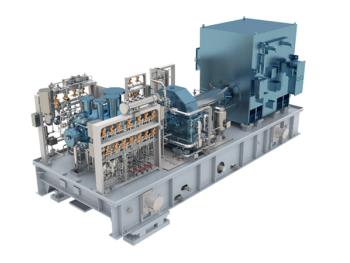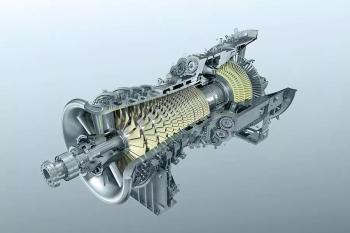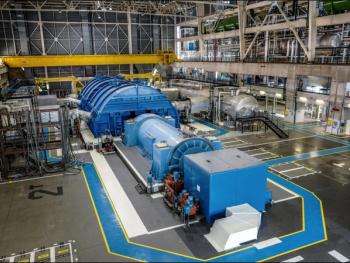
Beyond the Digital Hype
A headline such as “Controls Revolution” may be met with the accusation, in some quarters, that we have gotten caught up in the hype. In and of themselves, turbomachinery controls have not markedly changed overnight. So what is the revolution? It’s about how those controls tie into a much larger ecosystem.
The control of turbomachinery assets is moving beyond the supervision of the turbine operator. Everything is marching in the direction of higher-level control. That includes plant-wide, fleet-wide, company-wide and smart grid-integrated supervision of turbomachinery. Plants want to coordinate the actions of their many systems. This requires connectivity.
With that comes a necessary relinquishing of some turbine operator control. If a call is required to tell the GT operator to begin firing up the machine, and that means he sends an assistant to open some valves, check fuel quality and hit the start button, opportunities could be lost in what is our volatile power marketplace.
Moving up the hierarchy, organizations with multiple generating facilities want to determine which assets are providing power over which time periods. They need to be able to quickly coordinate the starts, stops and maintenance intervals of multiple plants simultaneously. They may even need to switch things around at a moment’s notice.
Here’s an example to explain why: A European power provider had one of its facilities down for scheduled maintenance. Another of its plants in the region was also taken down briefly for unscheduled maintenance. Out of the blue, a gas turbine plant owned by someone else went off the grid. Prices spiked. For a two-hour window, a MWh could be sold at an exorbitant rate. The power producer couldn’t respond fast enough to meet the need and the opportunity was gone. But had it been able to plan more efficiently, and coordinate its maintenance actions more effectively, it would have earned enough during those few hours to run one plant for the rest of the year.
The smart grid, too, is another wave of centralized control that is changing the way plants operate. Interests outside of the organization may dictate when power is to be ramped up or down. This will not only be done for monetary gain, but also to maintain grid stability. A greater degree of system control from beyond the organization is likely to come into play here.
The goal of one unified grid, harmoniously operating like a single organism is unlikely ever to be achieved. But that is the direction we are heading. Technologies such as the Internet of Things (IoT), wireless, new sensors, the cloud, digitization, open systems and more, are the enablers of this vision.
There are those, of course, who will complain that the old controls were better than the latest batch of digitized tools. In some cases, they may have a point. Let’s use a home appliance analogy. Old analog refrigerators, for example, were known to run for decades. But modern computerized fridges tend to break down every couple of years due to their healthy appetite for motherboards. But there are benefits to the latest models in terms of better temperature control, energy consumption and general efficiency.
Moving back to the power plant, the benefits of new controls are far less frivolous than getting a text message that your milk is about to go bad. We are talking here about materially boosting profitability, streamlining fleet maintenance, a more stable grid, and reducing downtime, to name a few. Of course, there will be mishaps and missteps. But the end game is coming whether plant personnel like it or not as the benefits appear to outweigh the risk. Whether you call it a revolution in turbomachinery controls or not, major change is inevitable.
Newsletter
Power your knowledge with the latest in turbine technology, engineering advances, and energy solutions—subscribe to Turbomachinery International today.




